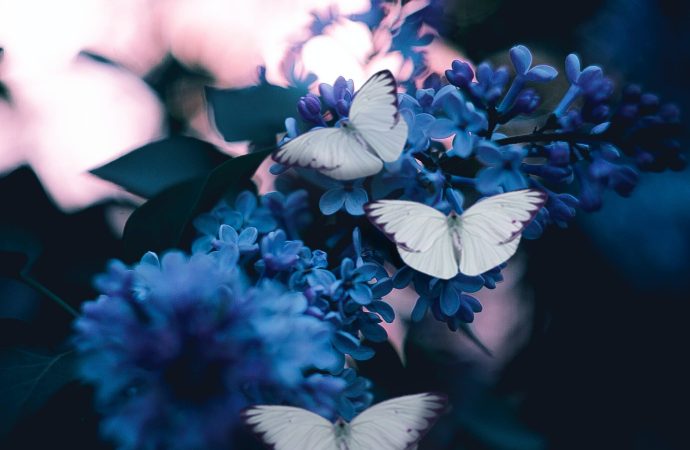I’m excited to help you write an article about the science behind the stunning colors of butterfly wings. Butterflies are known for their beautiful and intricate patterns and colors, which have fascinated people for centuries. But have you ever wondered how these colors are created? The answer lies in the structure of butterfly wings. The
I’m excited to help you write an article about the science behind the stunning colors of butterfly wings. Butterflies are known for their beautiful and intricate patterns and colors, which have fascinated people for centuries. But have you ever wondered how these colors are created?
The answer lies in the structure of butterfly wings. The wings of butterflies are covered with thousands of tiny scales, each of which has a unique color and shape. These scales are arranged in layers, which creates a complex pattern of colors and designs.
The colors of butterfly wings are produced by two different mechanisms: pigments and structural coloration. Pigments are chemicals that absorb certain wavelengths of light and reflect others, which produces a particular color. Structural coloration, on the other hand, is created by the way light interacts with the physical structure of an object.
In the case of butterfly wings, many species produce colors through a combination of both pigment and structural coloration. For example, the bright orange wings of the monarch butterfly are created by pigments called carotenoids, which are found in the scales on the surface of the wings. However, the black veins on the wings are produced by a combination of pigments and structural coloration. The scales in these areas are arranged in a way that reflects light in a way that produces a black color.
Structural coloration is particularly important in producing the bright and iridescent colors that are found on many butterfly wings. This type of coloration is created by the way light interacts with the structure of the scales on the wings. The scales have a complex microscopic structure that reflects and refracts light, producing a range of colors that change depending on the angle of the light and the observer’s position.
This type of structural coloration is particularly noticeable in the wings of the morpho butterfly, which are known for their brilliant blue color. The scales on the wings of the morpho butterfly are arranged in layers, which reflects and refracts light in a way that produces a bright, shimmering blue color.
Scientists are still studying the structure and composition of butterfly wings to understand how these colors are created. By examining the wings at a microscopic level and using advanced imaging techniques, researchers are uncovering new insights into the mechanisms behind the stunning colors and patterns found in these creatures.
In conclusion, the colors and patterns found on butterfly wings are a result of both pigment and structural coloration. The complex arrangement of scales on the wings produces a range of colors and patterns that are both beautiful and fascinating. By studying the science behind butterfly wing colors, scientists are gaining new insights into the natural world and the complex mechanisms that produce the stunning colors and patterns that we see in the world around us.

















Leave a Comment
Your email address will not be published. Required fields are marked with *